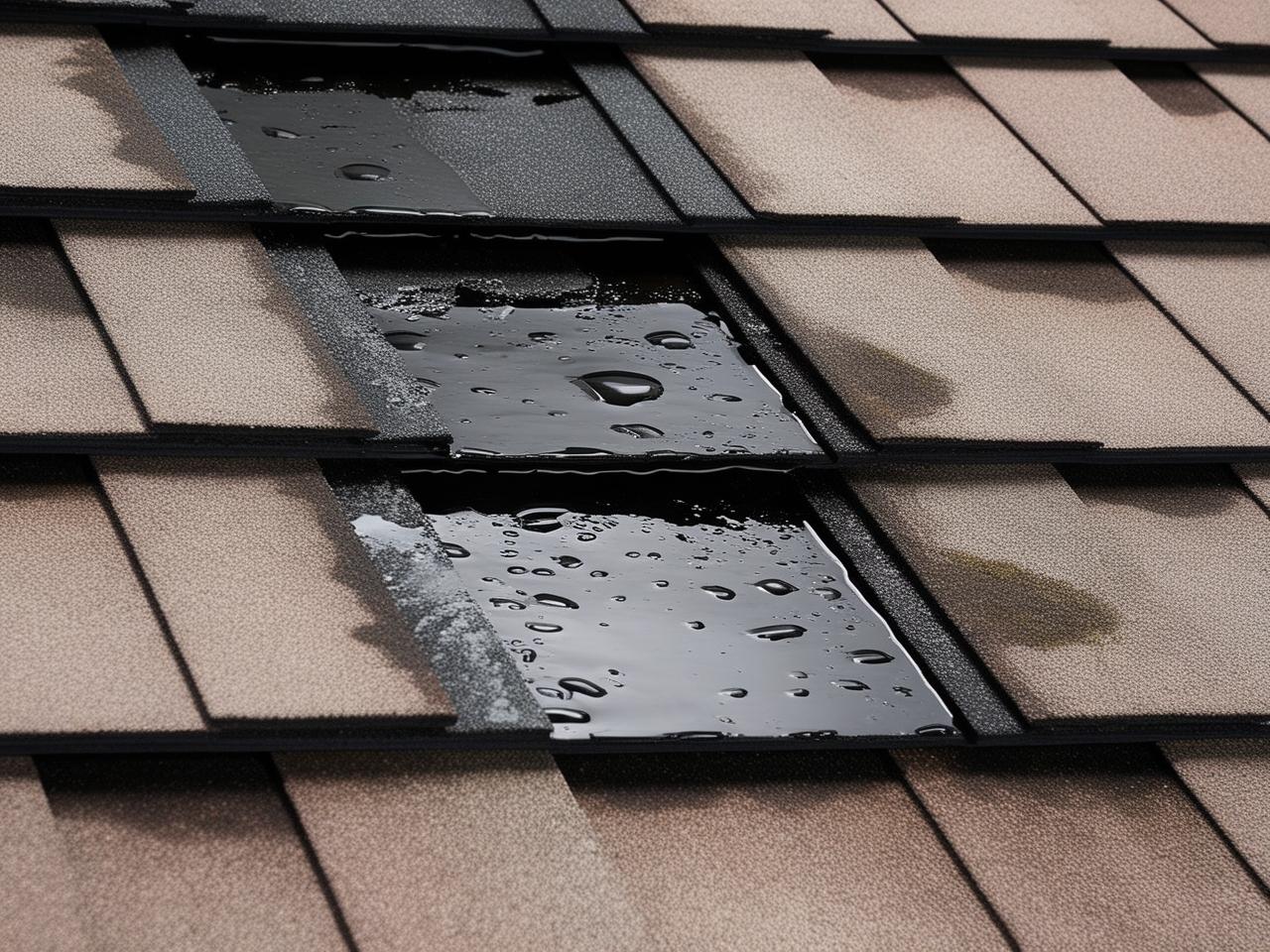Summary: Don't wait for a leak to ruin your home. This article outlines seven clear signs that indicate it's time for a roof replacement.
Introduction: The Silent Protector
Your roof is your home's first line of defense against the elements. But like any protective barrier, it can wear down over time. Ignoring the signs of a failing roof can lead to costly repairs and even structural damage. This article highlights seven key indicators that your roof may need replacing, helping you avoid further problems and protect your investment.
Granule Loss: A Sign of Wear and Tear
Asphalt shingles are coated with granules that protect them from UV rays and add to their durability. Significant granule loss, often visible in your gutters or on the ground, indicates that your shingles are nearing the end of their lifespan. This loss exposes the underlying shingle material, making it more vulnerable to damage.
Curling or Buckling Shingles: A Visual Clue
Shingles that are curling, buckling, or lifting are a clear sign of roof problems. This can be caused by age, weather damage, or improper installation. Damaged shingles are more susceptible to leaks and can allow water to penetrate your home.
Missing Shingles: A Gap in Your Defenses
Missing shingles create gaps in your roof's protective layer, leaving your home exposed to the elements. This can lead to water damage, rot, and mold growth. Replacing missing shingles promptly is essential, but if the damage is widespread, a full roof replacement may be necessary.
Leaks and Water Damage: The Obvious Culprit
Leaks are the most obvious sign of a failing roof. Water stains on your ceilings or walls, damp insulation, or a musty odor can indicate a leak. Addressing leaks quickly is crucial to prevent further damage to your home's structure and belongings.
Sagging Roof: A Structural Concern
A sagging roofline is a serious structural issue that requires immediate attention. This can be caused by damaged rafters, sheathing, or other structural components. Ignoring a sagging roof can lead to a roof collapse, posing a significant safety risk.
Moss or Algae Growth: A Moisture Problem
While not always a sign of roof failure, excessive moss or algae growth can indicate a moisture problem. This growth can trap moisture against the shingles, leading to premature deterioration. Addressing the underlying moisture issue and cleaning the roof can help prolong its lifespan.
Age: The Telltale Sign
Even if your roof shows no visible signs of damage, its age can be a significant factor. Most roofing materials have a limited lifespan, typically ranging from 20 to 30 years for asphalt shingles. If your roof is approaching or exceeding its expected lifespan, it's wise to consider a replacement, even if it appears to be in good condition.





-NRn5h3KpkwFhk3rdmqCGNdU4454WoO.jpg&w=3840&q=75&dpl=dpl_GQLBjRZxFpmXKKuDxvyS3JRoK3Y9)

-wW9WMat4GrYUDpt7khKPrDJJb2C3b7.jpg&w=3840&q=75&dpl=dpl_GQLBjRZxFpmXKKuDxvyS3JRoK3Y9)

-mc2l8YkluXHrARFpF50XqzBfhWI8Ly.jpg&w=3840&q=75&dpl=dpl_GQLBjRZxFpmXKKuDxvyS3JRoK3Y9)



-WZPBKzuLHzCgfaMJ9wRLmMFyKv8kB8.jpg&w=3840&q=75&dpl=dpl_GQLBjRZxFpmXKKuDxvyS3JRoK3Y9)

-bj28viAB8hpn8uCKX8wuNyjVpYd2E2.jpg&w=3840&q=75&dpl=dpl_GQLBjRZxFpmXKKuDxvyS3JRoK3Y9)
